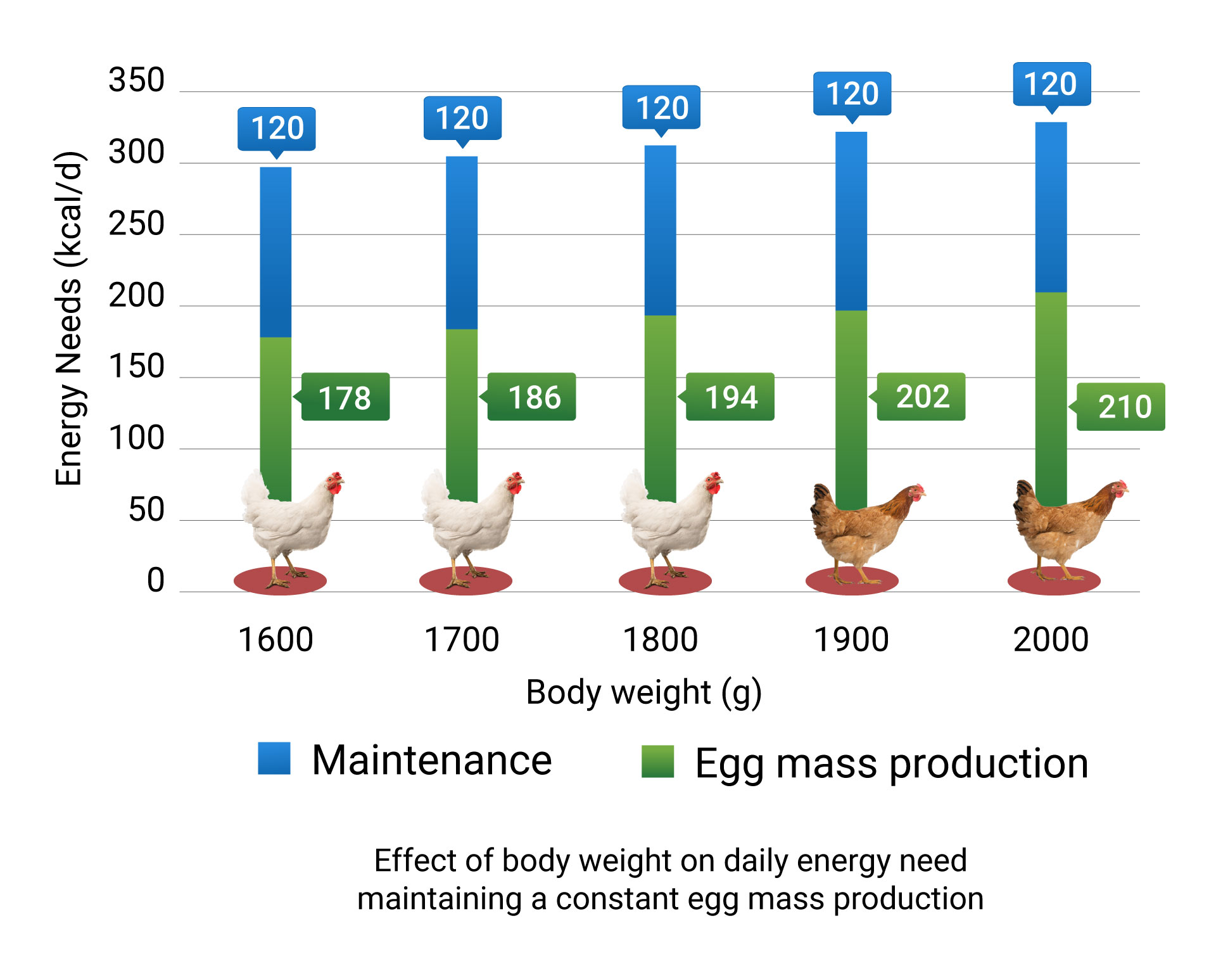
Poultry
Key Feeding Strategies for Layer Birds
An ideally perfect hen’s hallmark identity in poultry is its health and productivity. What they eat directly impacts the quality and quantity of the eggs they produce. Therefore, any poultry farmer must focus on their overall feeding strategy.
What’s important for farmers is to ensure that the layer feed formulation has a precisely structured composition of nutrition rich in proteins, vitamins, minerals, and carbohydrates. These essential nutrients are a good foundation for muscle development, strengthen immunity, and promote general health leading to optimized production rates.
Let us explore how to effectively handle laying hen’s feed so that they receive the correct types of nutrition at their respective stages.
Feeding Strategies for Nutrient Intake in Poultry
Consistent access to feed is crucial, as it keeps their energy levels steady, which they need for continuous egg laying. Furthermore, we should remember that hens should consume 40% of their feed in the morning and 60% in the afternoon. This holistic approach of layer feed composition puts less stress on the flock, leading to a healthier and more productive laying environment.
Selective Feed Intake:
Layer hens are known for their selective feed intake. They always prefer bigger particles over the smaller ones. As a result, smaller nutrients are left at the bottom of feeders. Here’s where the feed mill comes into the picture.
The feed mill process basically involves five simple steps –
These 5 steps typically help layer birds in terms of high feed rate, get rid of salmonella in animal feed, and avoid automatic classification of feed ingredients, hence reducing environmental pollution.
That’s why its role is both challenging and vital. It maintains a balanced nutrient intake by ensuring layers consume all particles, not just their preferred ones.
Eating behavior
The primary driver for feed intake in layer birds is to meet their energy requirements to generate more output. Balanced feed plays an essential role in maintenance, growth, and egg production, and has a close connection to the hens’ body mass. Because they need more energy, larger hens dominate feed access, leaving smaller or weaker hens with less to consume. This leads to uneven growth and egg production. Therefore, farmers need to monitor flock uniformity and body weight distribution to ensure all hens receive sufficient nutrition so that they’ll lay more eggs.
Daily energy needs
As birds mature, their daily energy demands rise (see graphic 1), influencing their feed consumption. Farmers can support hens’ health and optimize egg production by maintaining adequate feeding space between all large and small-layer hens. It also enhances overall farm productivity and efficiency.
Temperature and Feed Intake
Another important factor is the temperature inside the barn. It plays a big role in how much feed-laying hens will consume. When temperatures exceed 27°C (80.6°F), hens consume less to avoid overheating, which can affect egg production. On the other hand, in cooler temperatures below 20°C (68°F), hens may consume more to maintain their body heat, potentially improving feed efficiency.
To keep laying hens comfortable and productive, make sure the barn has good ventilation, heating, and insulation.
Practical Recommendations for Overcoming Feeding Challenges
Optimal Feed Delivery:
- Starting at 5 weeks old, train hens to empty their feeders daily — This helps prevent picky eating habits and ensures they receive all the necessary nutrients, particularly in cage-free environments.
- Block feeding or two feeds in quick succession is when you give the birds their feed twice consecutively to ensure that all of them get a complete and balanced nutrient intake.
Enhancing Feed Intake Capacity & Flock Uniformity:
Between 10 and 17 weeks, birds undergo a critical growth phase. By ensuring they consume adequate feed during this period, farmers can set up their successful egg-laying journey. This robust feed intake helps develop birds’ digestive systems, which enables them to efficiently process nutrients and meet the energy demands of egg production.
Uniformity is key when it comes to flock size. When fewer birds compete for resources, each chicken has a better chance of getting the nutrition they need. A uniform flock simplifies feed distribution and makes it easier to monitor individual bird health, leading to more consistent egg production. Evenly distributing feed among all birds is crucial for their growth and development. This way, every bird can get access to the nutrition they need, regardless of whether they’re in a cage or a cage-free environment. This approach enhances their productivity and overall performance, creating a more efficient and balanced flock.
Monitoring Water Intake:
If birds aren’t drinking enough water, then it can negatively affect their appetite and overall health. On the flip side, if they are consuming more water than usual, then it could be a sign of heat stress or other health problems. So, it’s really important to check their water bowl frequently and make sure it’s always clean and filled with fresh water. Because the quality of water equally matters. If the water quality is not up to mark, it can lead to various health issues, like infections or digestive problems. Contaminated water can diminish their overall productivity.
Remember, clean water systems are the key!
All in all…
Feed layer hens right to make them lay more eggs and stay healthy. A balanced feed, with essential nutrients, helps meet their nutritional needs and manage their environment effectively. This, in turn, can lead to increased output and a healthier flock.









Add your comment